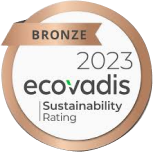As more businesses expand globally, the need to get to market quickly and efficiently has reached a critical point. Thus, understanding the nuances of procurement in the IT industry has become essential. Explore what is procurement, key trends influencing the IT sector, the role of value-added resellers, the advantages and disadvantages of various procurement methods, and how your organization can leverage these insights for better global expansion.
Take centralized procurement, for instance, which has benefits for tech companies across the supply chain regardless of their size. These benefits include minimized duplication, better risk management, and better negotiating power. However, centralized purchasing is faced with the problem of finding a supplier who can do it all and has the logistic capabilities. That’s where TecEx steps in.
What is Procurement?
Procurement encompasses the entire process of acquiring goods and services—from identifying needs and selecting suppliers to negotiating contracts and purchasing. In the IT industry, this process is critical for acquiring hardware, software, and services necessary for operational success. The objectives of procurement include:
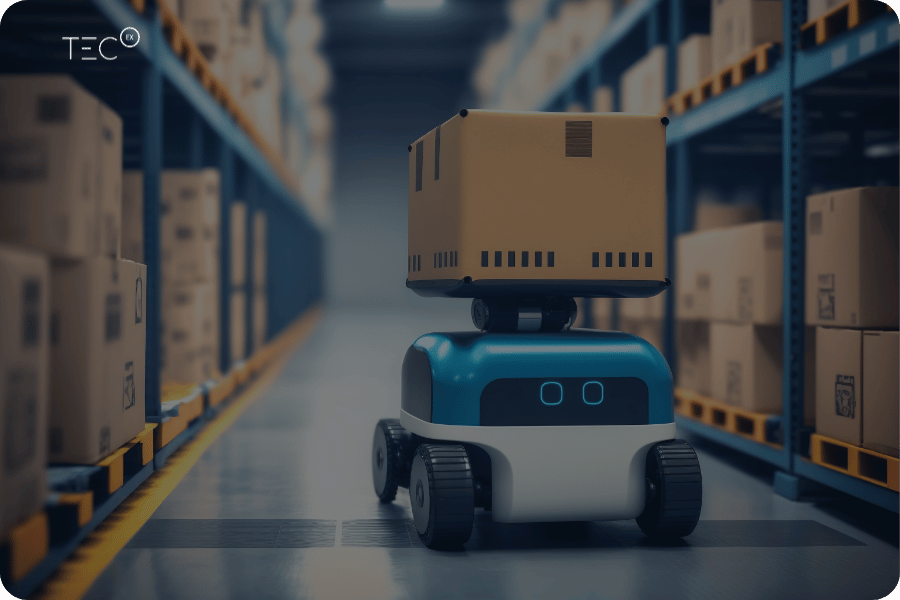
Cost Efficiency
Securing the best prices for high-quality goods.
Compliance
Ensuring adherence to legal and regulatory standards.
Supplier Relationship Management
Fostering strong partnerships with vendors for long-term success.
Optimizing Procurement Lead Times: The Value of Trusted Partnerships
Lead times can significantly impact a company’s procurement and operational efficiency. By partnering with a trusted Value-Added Reseller (VAR), businesses can enhance their supply chain effectiveness. Established vendors typically offer better lead times and improved costs through strategic partnerships, bulk discounts, and tailored deals. Furthermore, working with a familiar VAR allows for software setups to be configured in advance, minimizing downtime and ensuring a smoother transition.
This benefit contrasts sharply with the challenges of onboarding a new vendor, which often involves extensive vetting, uncertainty about stock availability, and the potential for higher prices when sourcing locally.
In essence, investing in long-term procurement relationships not only streamlines processes but also mitigates the risks associated with delays and unexpected costs.
The Role of Value-Added Resellers (VARs) in Procurement
Value-Added Resellers (VARs) play a crucial role in the procurement landscape, especially in the IT industry, where the complexity and rapid evolution of technology necessitate specialized support.
VARs not only sell products but also enhance the value of these products by providing a range of services that meet specific business needs. Here’s a detailed exploration of the various services offered by resellers, their benefits, and how they impact other stakeholders in the supply chain.
Supply Chain Optimization Benefit
Working with VARs offers improved procurement efficiency benefits to all supply chain participants. For example, suppliers may see reduced order sizes and more predictable demand, while end users can achieve lower costs and improved service levels.
Are You a VAR in the Business of Centralized Procurement?
We want to make your life easier. By showing the benefits of a centralized procurement approach, we aim to ensure resellers can bid for and retain international deals with the assistance of an IOR.
Procurement Methods: Pros and Cons
Centralized vs. Decentralized Procurement
Understanding the difference between centralized and decentralized procurement is essential for organizations looking to optimize their purchasing strategies. Each approach has its unique advantages and challenges, making it crucial to choose the right model based on specific organizational needs and structures.
Apart from centralized and decentralized purchasing, there are various procurement methods, each with its advantages and disadvantages. Below are common procurement strategies relevant to the tech supply chain:
Direct Procurement
Description: Involves sourcing products directly from manufacturers or primary suppliers.
Pros:
- Cost Savings: Direct negotiations can often result in lower prices.
- Quality Control: Organizations have greater oversight over product quality.
Cons:
- Time-Consuming: Requires in-depth knowledge of suppliers and extensive negotiation.
- Higher Risk: Direct relationships may falter without intermediary support.
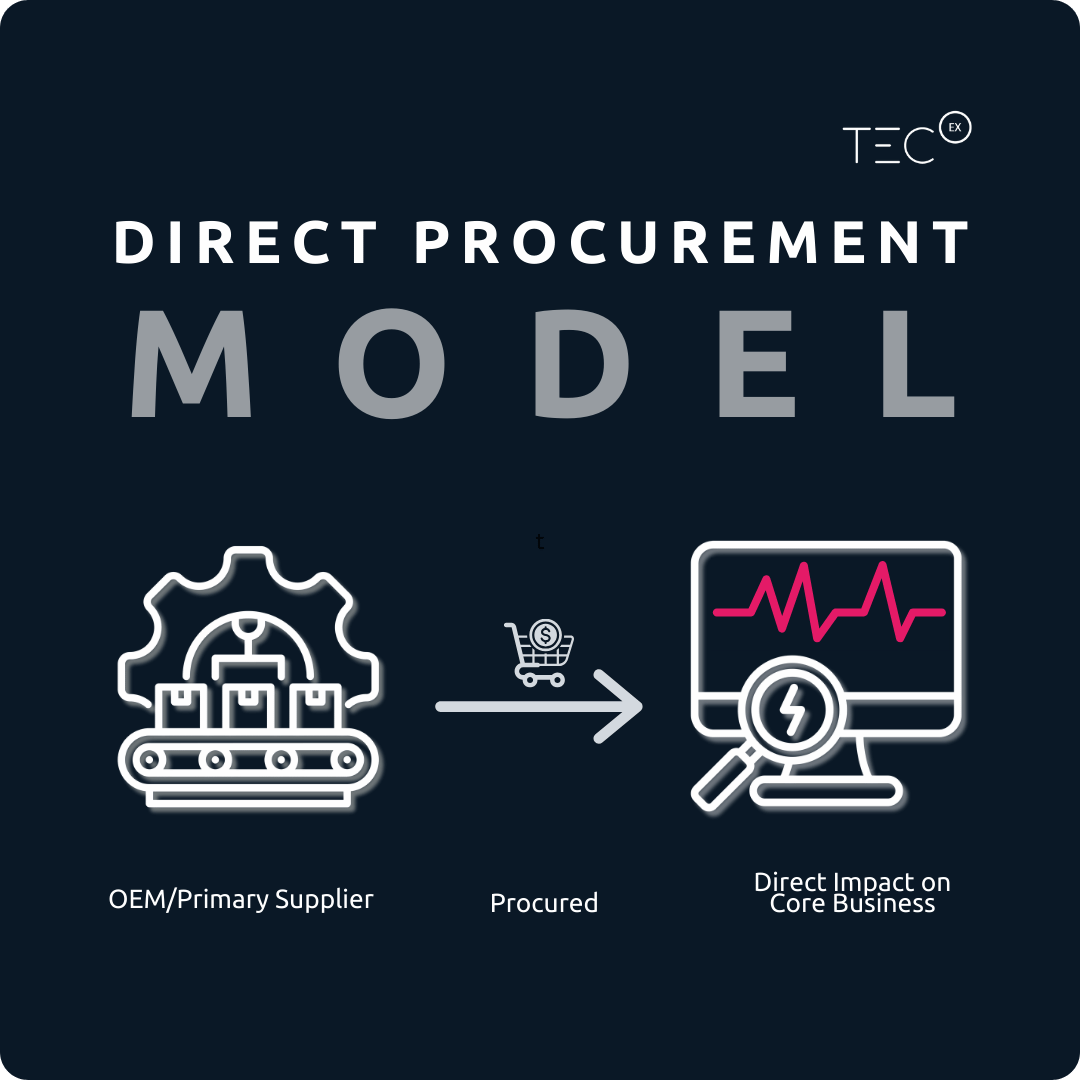
Indirect Procurement
Description: Involves purchasing goods and services that are not core to the company’s business operations.
Pros:
- Efficiency: Streamlined processes for purchasing office supplies, maintenance, and IT services.
- Flexibility: Organizations can quickly adapt their purchasing strategies based on immediate needs.
Cons:
- Lack of Oversight: Can lead to decentralized purchasing and maverick spending, resulting in higher costs.
- Quality Variation: May compromise quality if not managed effectively.
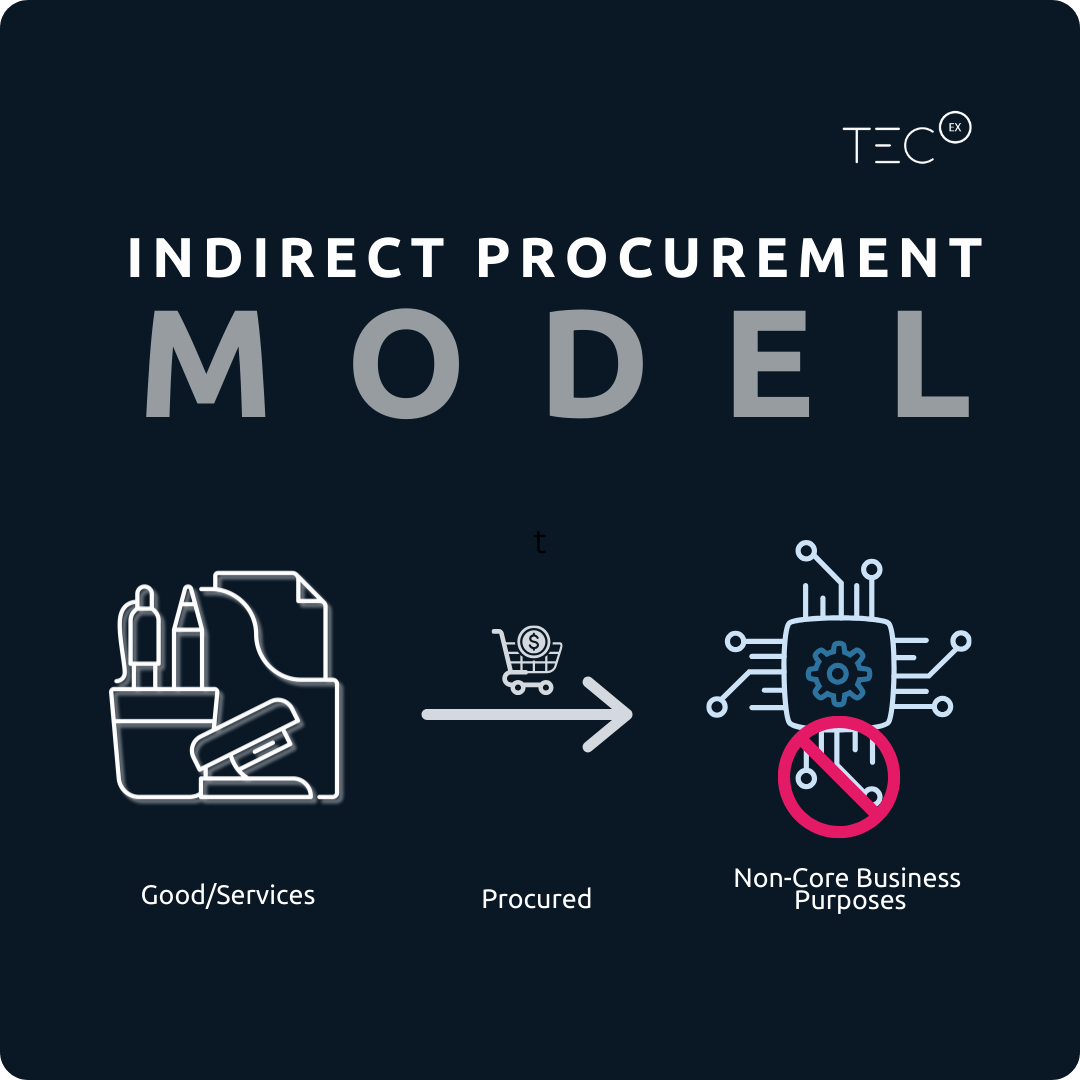
Group Procurement
Description: A collaborative approach where multiple organizations combine their purchasing power.
Pros:
- Collective Bargaining: Greater negotiating power often leads to better pricing.
- Enhanced Collaboration: Encourages partnerships and information sharing among organizations.
Cons:
- Complex Decision-Making: Group dynamics can complicate purchasing decisions.
- Potential Conflicts: Differing priorities among group members can create challenges.
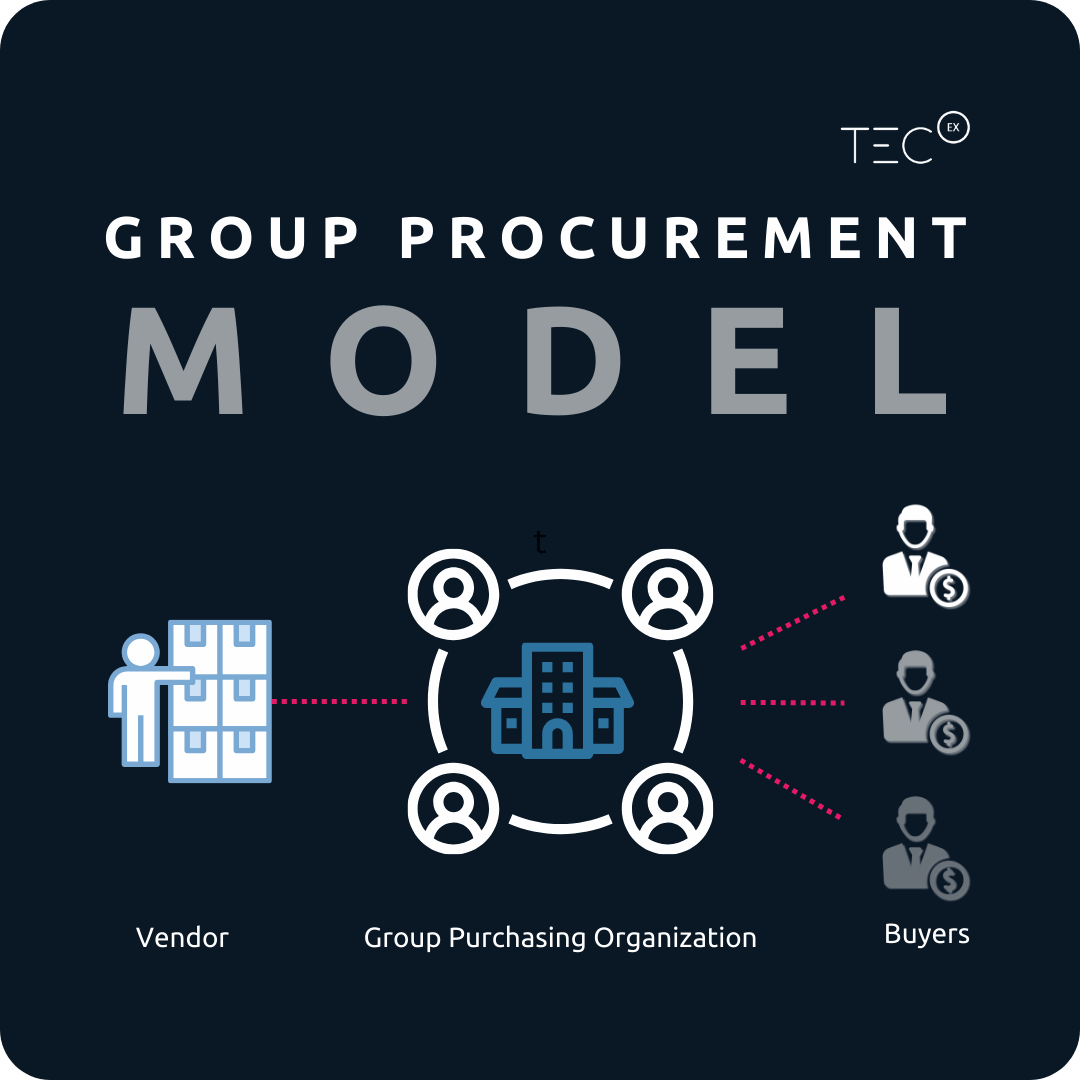
Suitable Procurement Strategies for Various Players in the Tech Supply Chain
In the tech supply chain, each player has unique needs and challenges that inform their procurement strategies. Understanding these distinctions can help organizations choose the most effective methods to achieve their goals. TecEx has customized procurement strategies for all our clients in the broader IT supply chain, from OEMs, to beneficial owners.
Key Trends Surrounding Procurement in the IT Industry
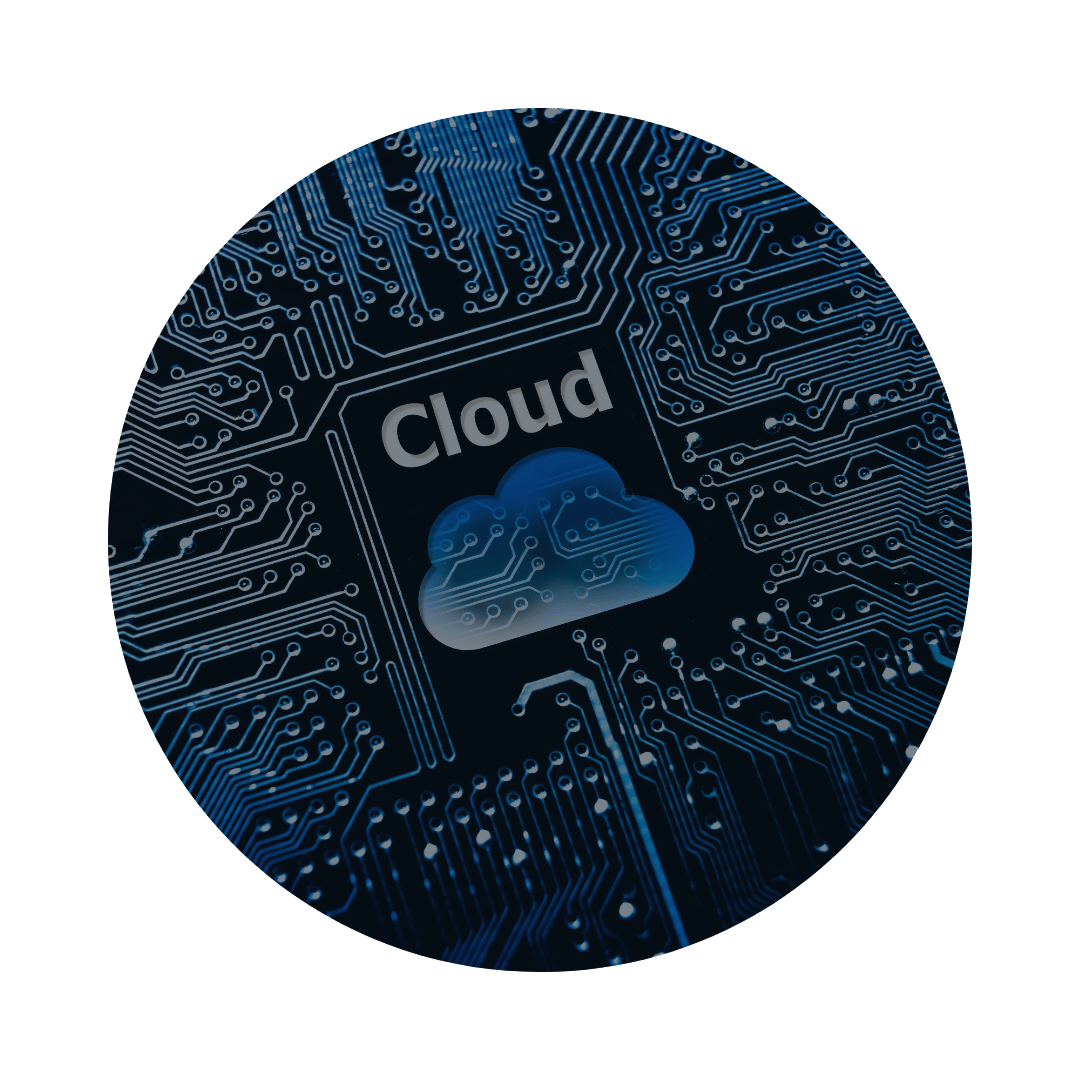
The Rise of Cloud Computing
Cloud computing has revolutionized procurement by allowing organizations to access SaaS solutions that streamline purchasing processes. These platforms can facilitate automated workflows and real-time data access.
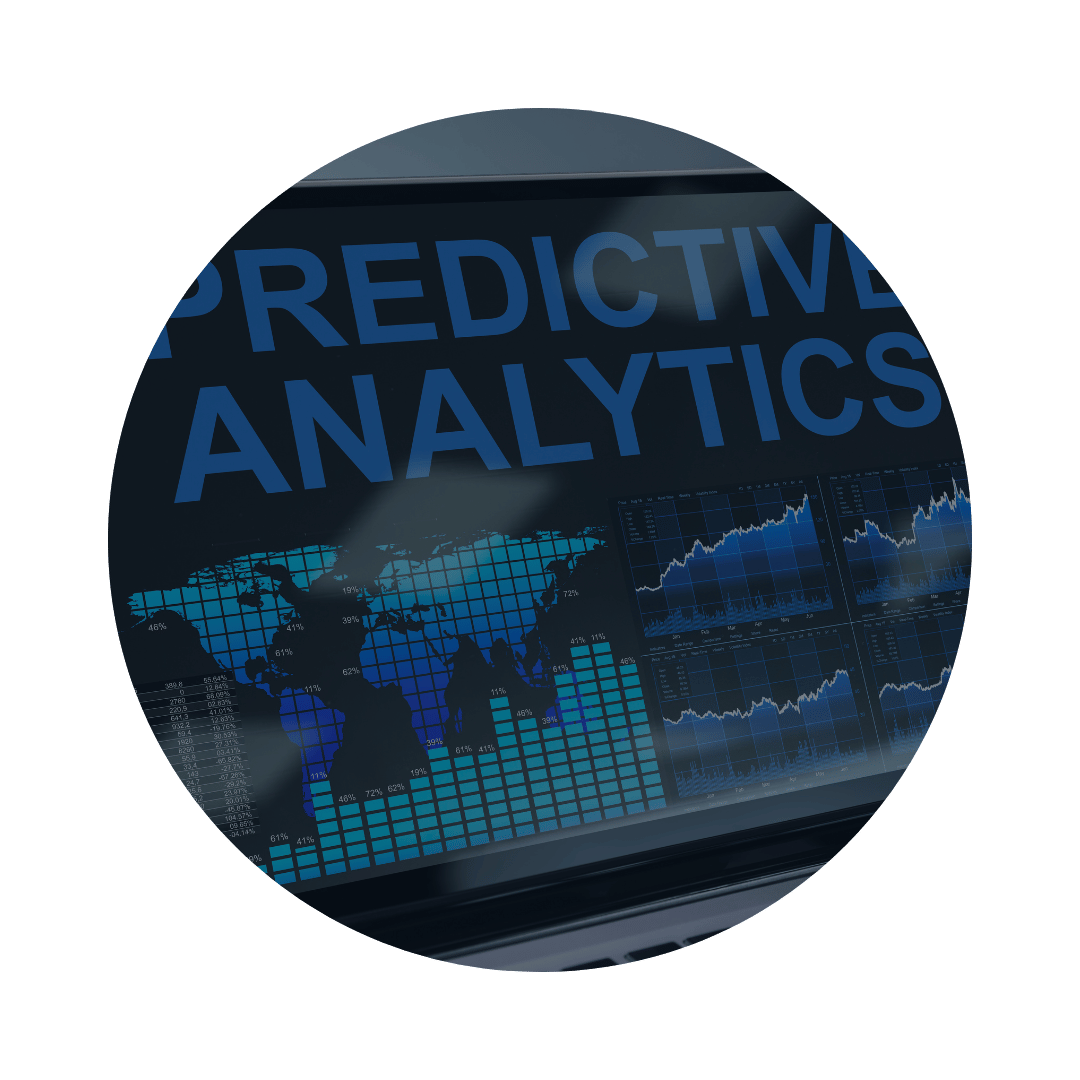
AI and Data Analytics
AI is reshaping procurement by enabling predictive analytics and decision-making. Key applications currently include supplier risk assessment and demand forecasting.

Sustainability and Ethical Sourcing
With growing awareness around environmental impact and social responsibility, many companies are prioritizing sustainable procurement practices, including green procurement and ethical labor practices.
Streamline Your Procurement Processes with TecEx
By selecting appropriate procurement strategies tailored to their specific roles in the tech supply chain, OEMs, data centers, and end users can maximize efficiency and minimize costs. Collaborating with VARs and understanding the procurement process nuances allows organizations to position themselves for long-term success in a competitive global marketplace.
TecEx specializes in optimizing procurement strategies for tech companies navigating the complexities of international markets. Our expertise ensures compliance with local regulations while maximizing efficiency in your supply chain.
Procurement FAQs
What is the difference between direct and indirect procurement?
Direct procurement is focused on sourcing core materials necessary for production, whereas indirect procurement involves the purchase of auxiliary goods and services that support business operations.
How can AI improve procurement processes?
AI enhances procurement by analyzing data for insights into purchasing trends, optimizing supplier relationships, and automating routine tasks, allowing procurement teams to focus on strategic decision-making.
What role do VARs play in procurement?
VARs provide additional services that enhance the value of the products purchased, including customization, technical support, and assistance with compliance and regulatory issues.


